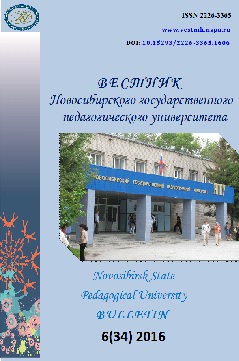Дискурсивная конструкция N В ТОМ, ЧТО и ее параллели в других языках: контрастивное корпусное исследование
The discursive construction N v tom, čto and its parallels in other languages: a contrastive corpus study
Author(s): Dmitrij Olegovich Dobrovol’skij, Ludmila PöppelSubject(s): Sociolinguistics, Cognitive linguistics, Computational linguistics
Published by: Новосибирский государственный педагогический университет
Keywords: Parallel corpus; discursive units; constructions; fixed expressions; free word groups; Russian; English; German; Swedish
Summary/Abstract: The present investigation deals with parallel corpus data in Russian, English, German and Swedish. On the basis of an analysis of our findings we attempt to identify operational criteria that can be used to classify discursive constructions. The goal is to find a means for con-trasting fixed, idiomatic phrases, on the one hand, and compositional constructions that are close to free word groups, on the other. The research is based on the example of the Russian construction N v tom, čto and its parallels in English, German and Swedish. Parallel corpora are usually used to find ways of translating linguistic structures into other languages, to identify the language-specific features of linguistic units, or to improve their lexicographical descrip-tion. The present investigation is the first study to employ parallel corpus data to identify different types of Russian discursive constructions, and for that reason it can be viewed as a contribution to the development of the methodology of corpus studies. The pattern N v tom, čto in Rus-sian is represented by the following vatiants delo v tom, čto; problema v tom, čto; beda v tom, čto; sut’ v tom, čto; pravda v tom, čto; ideja v tom, čto, etc. Here we address three of them delo v tom, čto; problema v tom, čto and pravda v tom, čto. Of these three, only delo v tom, čto is lexicalized, i.e. can be regarded as a unit of the Russian lexicon. This is proved by the fact that translations of the expression into other languages primarily involve not its word-for-word cor-relates, but instead functional equivalents that formally have nothing in common with it. Two other constructions are most frequently translated word-for-word, which suggests that these can be regarded as free word groups. The empirical data were drawn from Sketch Engine and the RNC.
Journal: Вестник Новосибирского государственного педагогического университета
- Issue Year: 6/2016
- Issue No: 6
- Page Range: 164-175
- Page Count: 12
- Language: Russian

